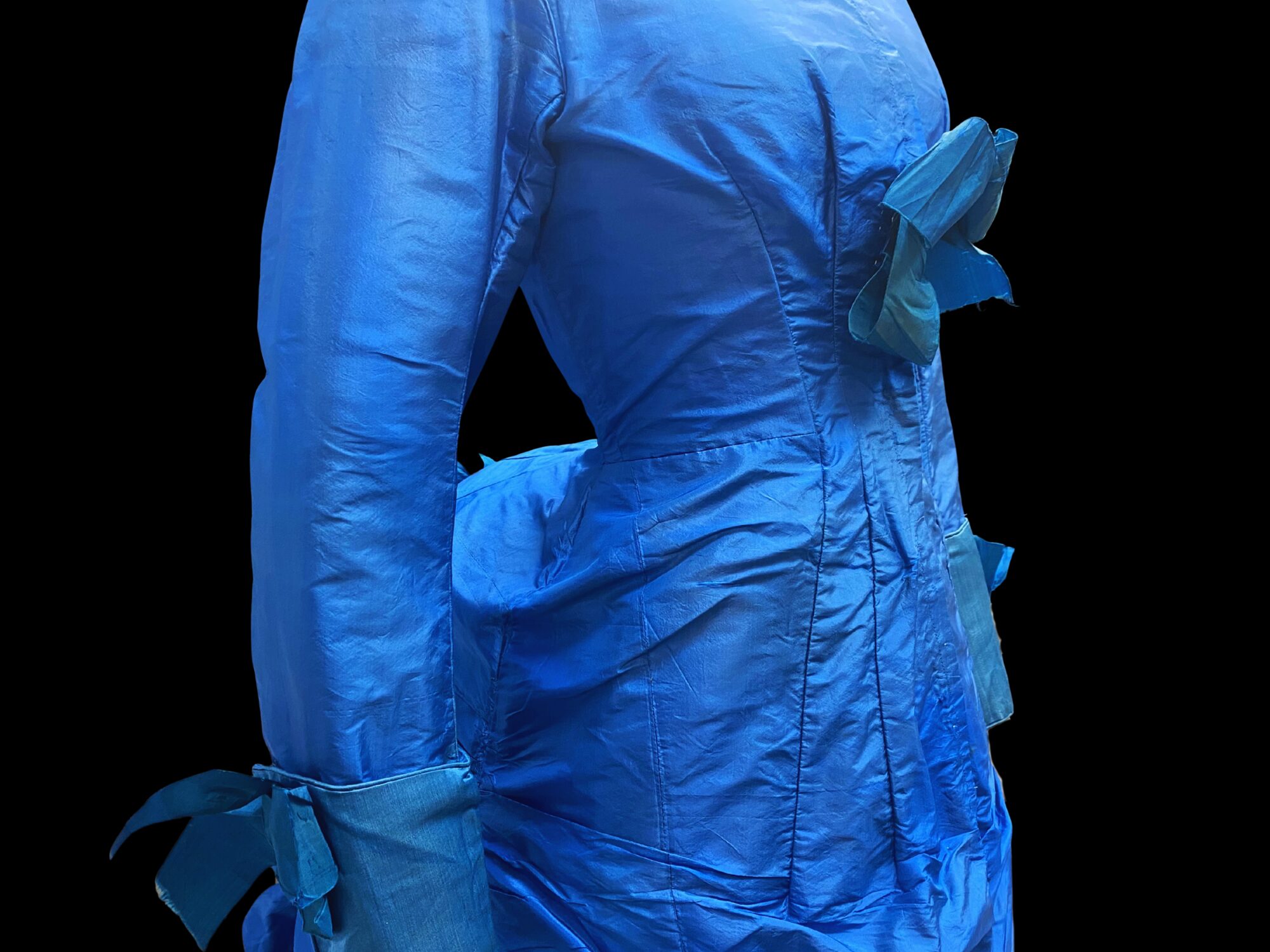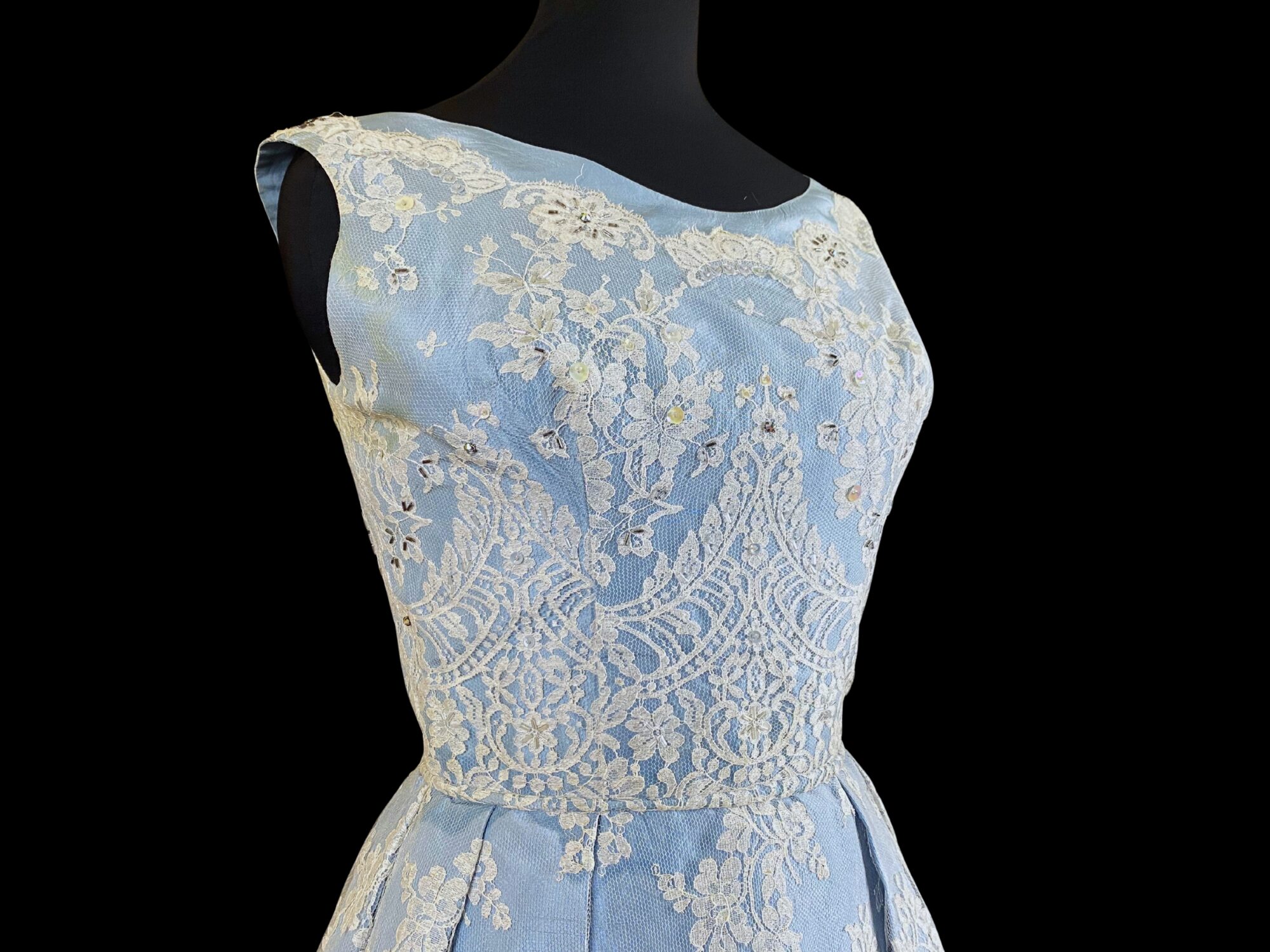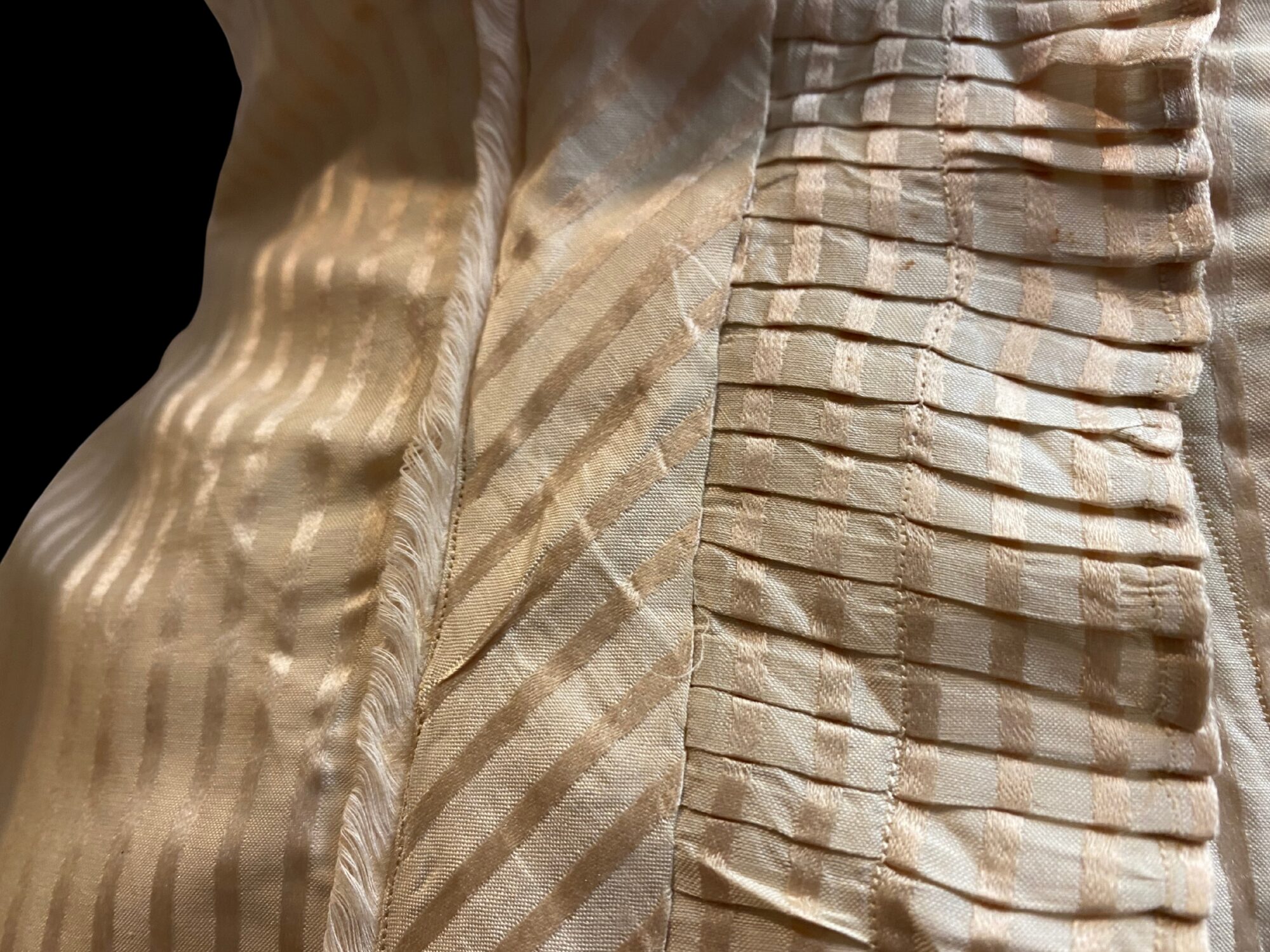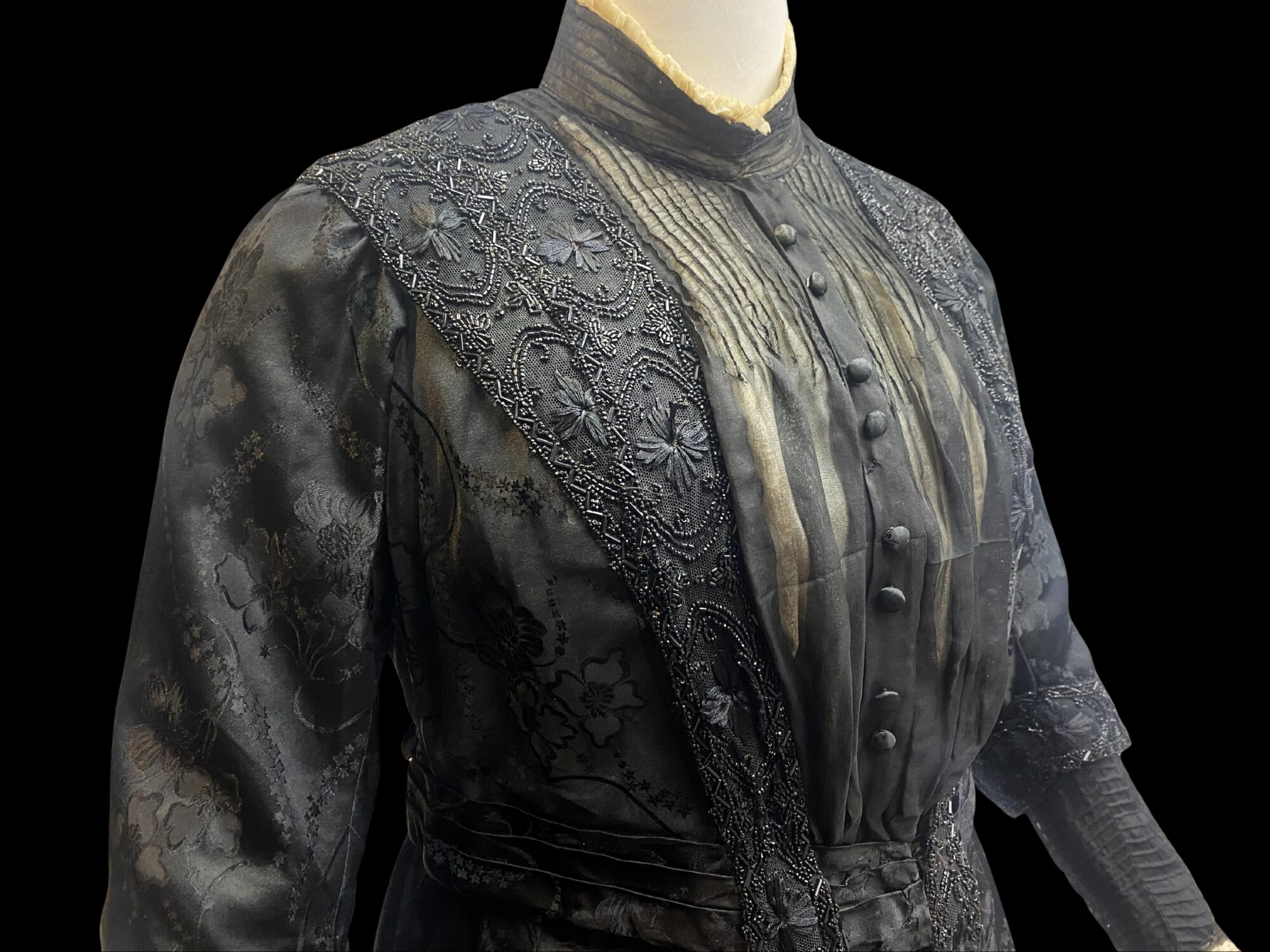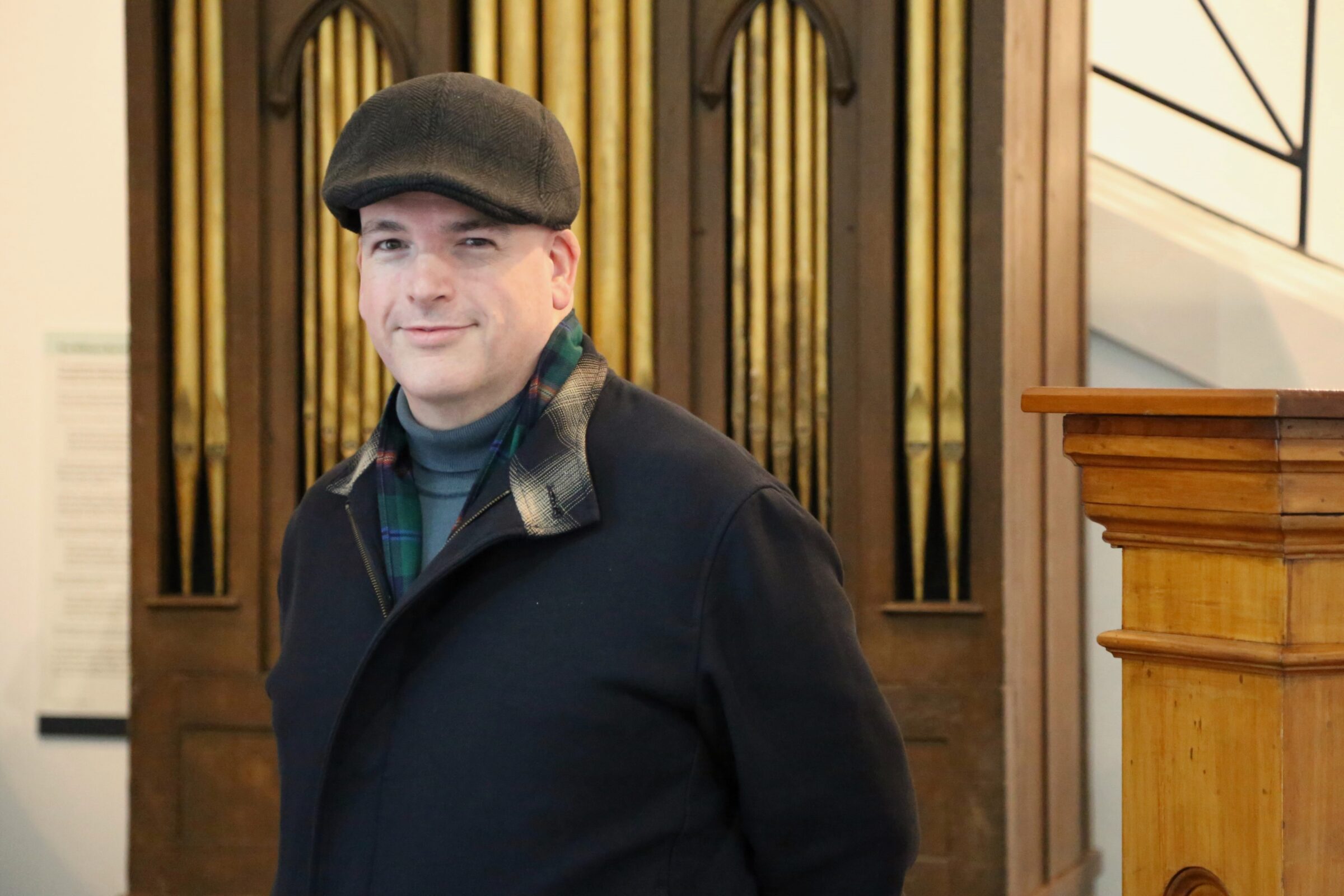Collection Stories
Trick photography has been in the news a lot this year. Between images of a certain American ex-President’s arrest to Pope Frances wearing a puffer jacket, it’s becoming more difficult to determine trickery from reality.
Discussions were raised at the 2023 Sony World Photograph Competition. German photographer Boris Eldagsen was named winner of the Open Category with his work The Electrician, but it was revealed that the photograph was produced by AI. Eldagsen had used artificial intelligence image generation software to create a photograph using word prompts and editing, rather than a camera and sitters. He was labelled a trickster, but he certainly wasn’t the first photographer to manipulate the viewer’s perspective.
Early forms of trick photography are on show in an exhibition of portraits by Whanganui photographer William Harding, Between skin & shirt, currently on display at the Whanganui Regional Museum. Hidden mother was a type of photography where a mother was needed to soothe a fussy child during a long exposure time but ‘hidden’ behind the furniture or just out of view with her arm supporting the child or hiding underneath a cloth. The focus of the photograph is the child, but there is no denying the presence of an adult in the shot. The mother would be cropped out of final prints.
In the late 19th century, photographers offered sarcophagus photographs. They would source A real or imitation Egyptian sarcophagus (a stone coffin or a container to hold a coffin) and cut a hole in the front for the sitter to put their face through. The result was the sitter’s likeness in the form of an Egyptian pharaoh ready to be entombed in a pyramid. Similar styles of photographs are still available at various events today.
The duplicator was a fantastic tool for photographers. This tool took advantage of long exposure times and allowed photographers to expose one half of the negative at a time. This way they could capture a sitter in a pose on one side of the film before turning the duplicator and having them change position on the other side. People pushing themselves in wheelbarrows was a popular theme, along with boxing themselves and playing chess with themselves.
Double exposure was another trick that left ethereal figures lurking on a negative and produced eerie spirit photographs. A negative was pre-prepared with a view of a figure draped in a sheet, then mounted behind a clean plate for the sitting. The result was a clear shot of a living person with a misty figure floating nearby. While some charlatans sold these as authentic images of the dearly departed, others made a tidy profit by selling humorous spirit photographs such as men acting frightened with the figure of a woman wearing a sheet gesturing towards them.
Today we live in a world of Photoshop and social media filters that can manipulate images into alternative realities, but AI generated images are becoming more real with each new iteration. It is becoming harder to differentiate the real from the trick images and relies on the honesty of the creator to declare authenticity. We cannot always believe what we see!
By Sandi Black, Kaihāpai Kōrero/Archivist at Whanganui Regional Museum.
This article was originally published in Whanganui Midweek, July 2023.
Image: Chess with Himself
Photographer: Tesla Studios, 1930s
Whanganui Regional Museum Collection Ref: 1802.9490
